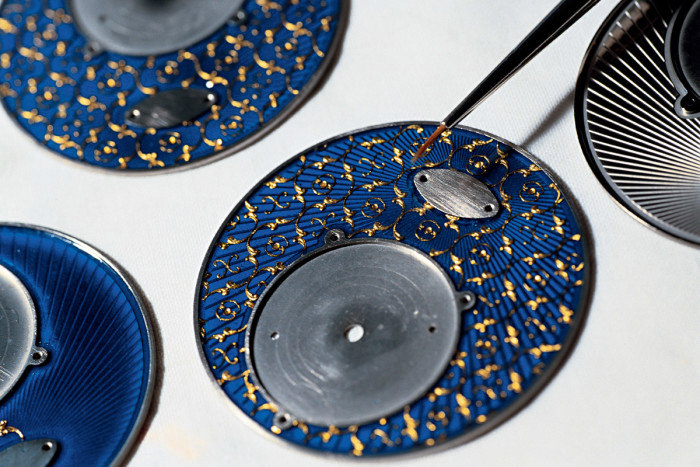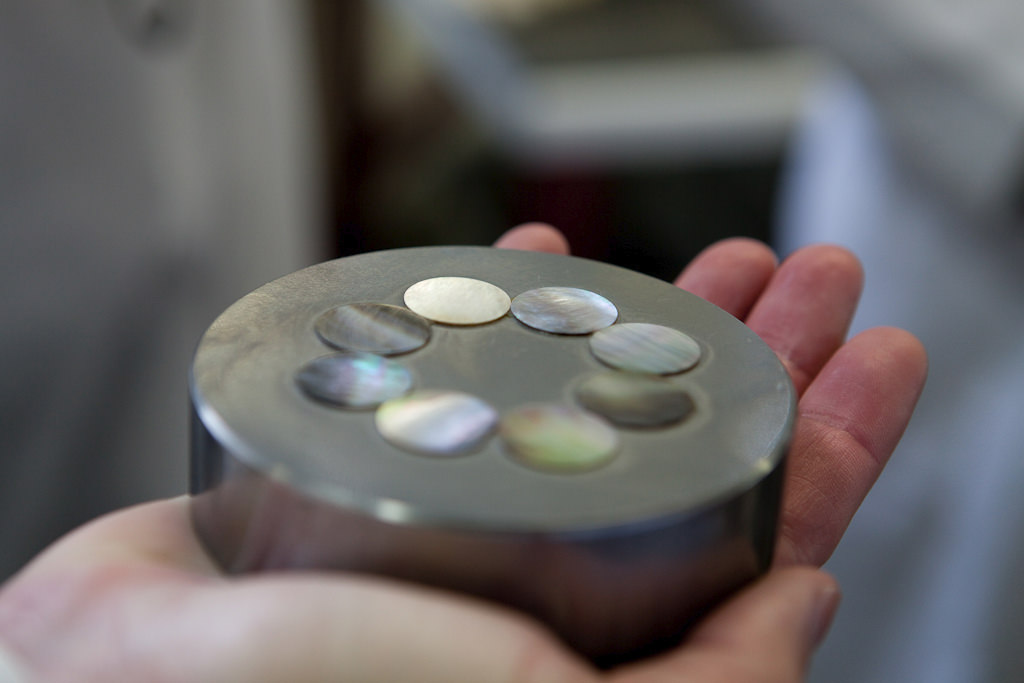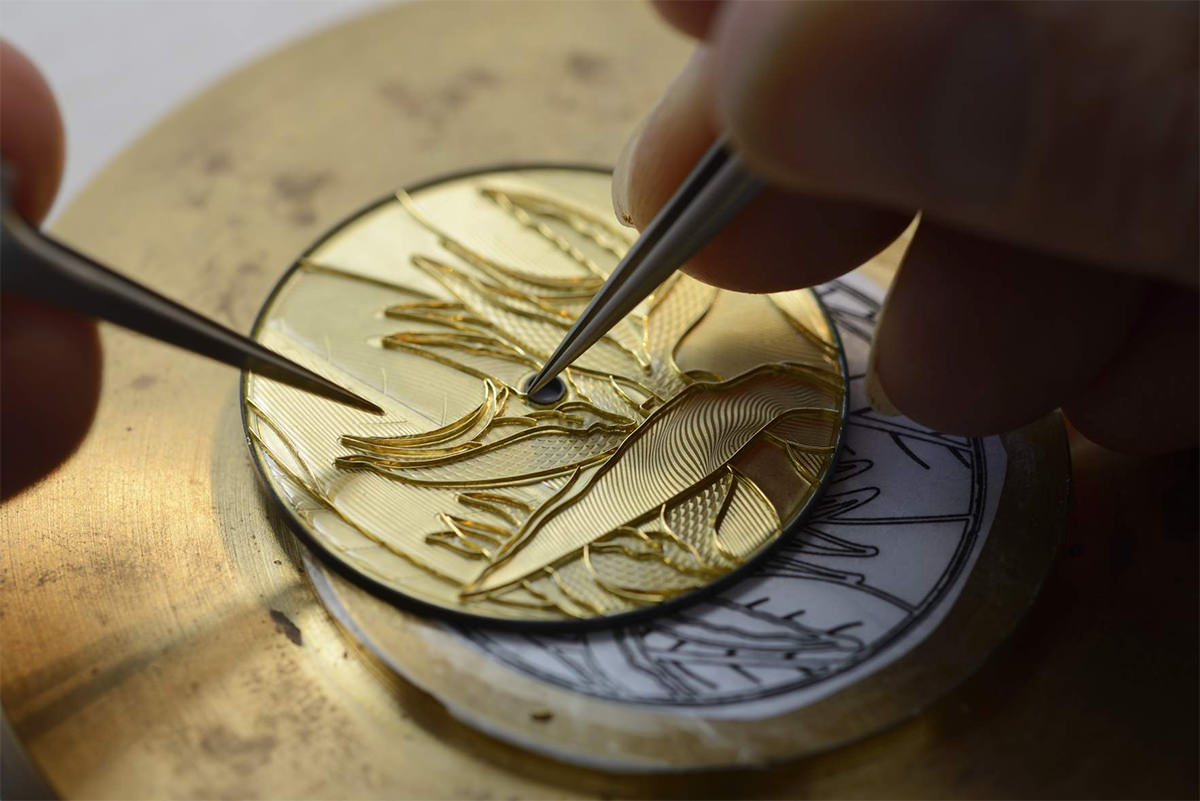Watch GlossaryDial
What Is A Dial On A Watch?
May We Recommend
What Is A Dial On A Watch?
A watch dial is the main frame of the timekeeper that displays the time through the use of fixed numbered digits in the form of Roman, Arabic numerals or indexes along with sweeping hands. Modern timekeeping involves a digital dial that displays time on an LED panel.
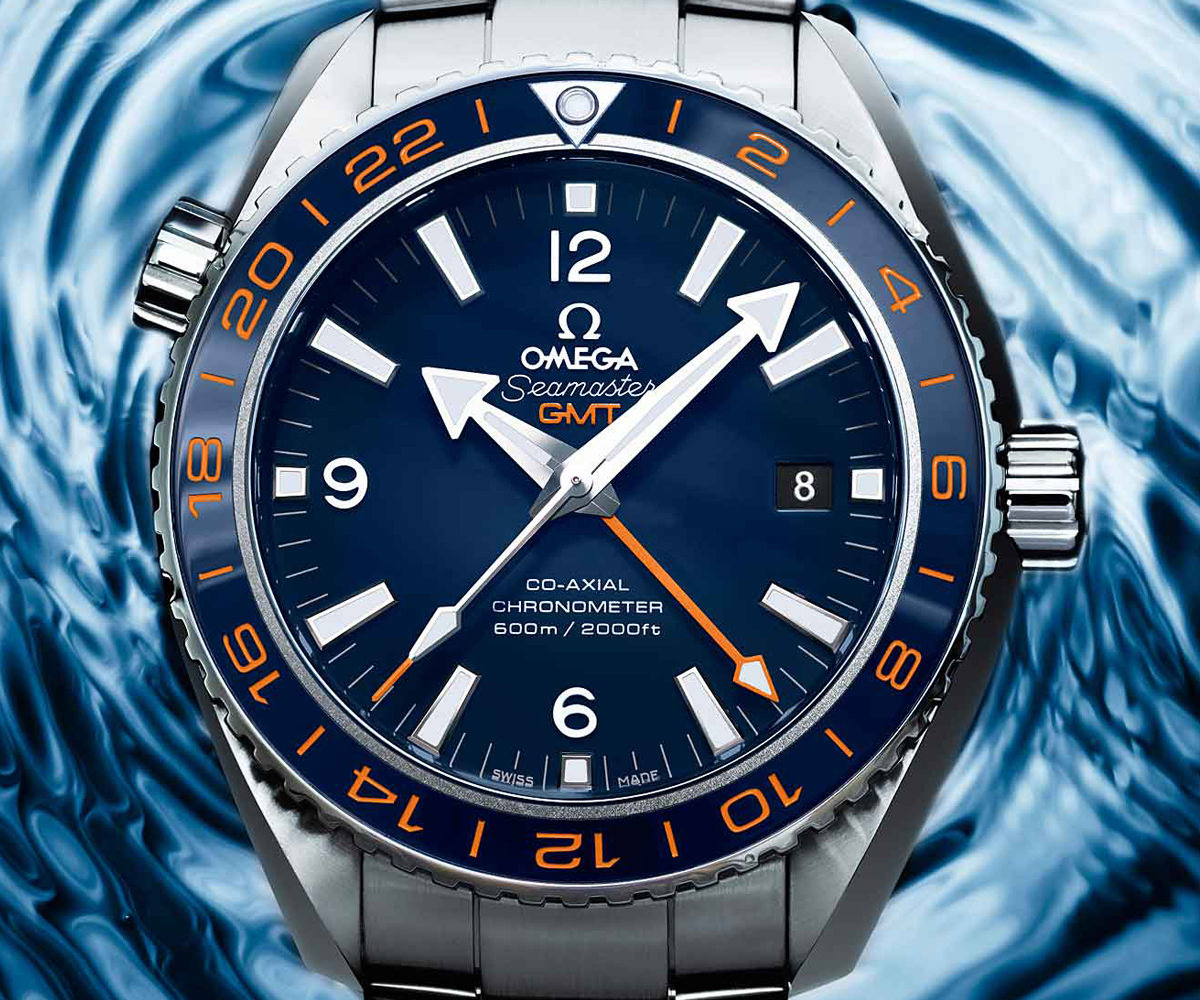
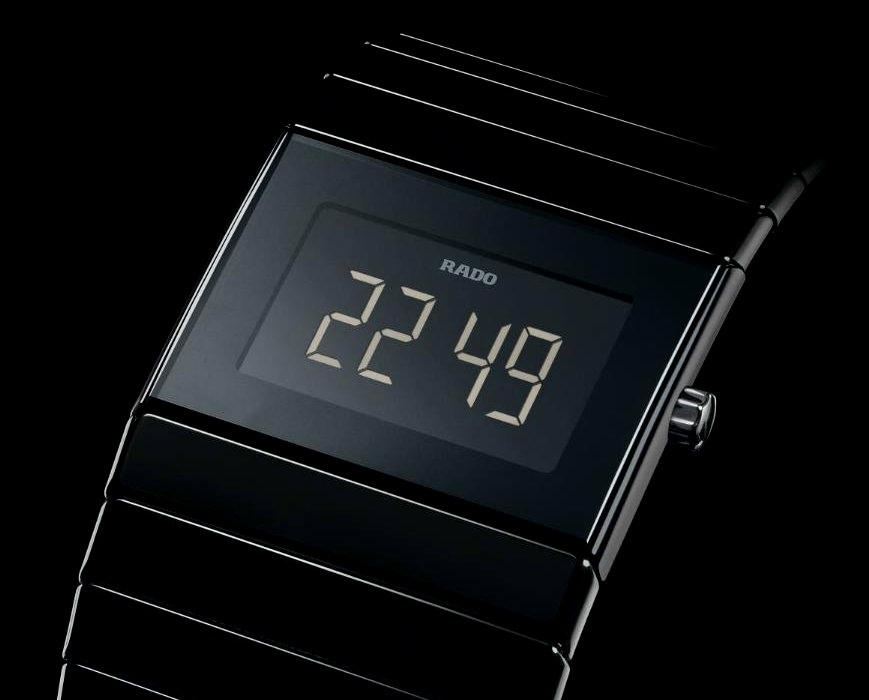
Another form of dial display is the 24-hour format where the hours are numbered from 1 to 24 and the hours hand completes one rotation per day. Various other functions are added in the sub dial of the watch, such as chronograph, moon phase indicator, etc., which are showcased on the watch face.
Examples Of Watch Dial Types
The evolution of dial design is dated from way back in the 14th century where the use of various matt as well as brushed and sunray polish was done to beautify the dial. Use of material like mother of pearl and hand engraved guilloche patterns started later to add a graceful and exotic touch to the timekeepers.
Enamel
The creation of an enamel dial done by fusing coloured powdered glass in a liquid medium (usually water) and then heating it to get a lustrous liquid with which dials are painted.
Mother Of Pearl
The thin layer of an oyster shell has a shimmering two tone quality. Shells are collected from all parts of the world. To make the thin mother-of-pearl sheet from which dials are cut, shells are crushed and precisely machined into thin layers that are typically 0.2mm.
Guilloche
The decorative engraving on the dial and the case back which is highly intricate is known as guilloche. It is achieved through a technique called engine turning and the machine used is called rose engine lathe.
Engraved
Certain brand indulge in crafting three dimensional scenes inside their dials. This is achieved through very intricate hand work. The Jaquet Droz Les Ateliers d’Art Petite Heure Minute Relief Cheval is a fine example of the same.
Timekeeping Markings: Hands & Hours
The peripheral of the dial is numbered from 1 to 12 indicating 12 hours, from morning (AM) to evening (PM) and back. Each dial comprises watch hands and the hour markers that play the main role in telling time. The hands act as the pointer and the hour markers, the indicators. Often taking their design cues from the general aesthetic of the watch, the hands can vary in shape, size and style. Dials can have between two and four watch hands: two-handed watches only feature hour and minute hands; the third hand involves seconds; and the fourth showcases time in a secondary time zone. Quite often, these timekeeping elements are coated with glowing SuperLumiNova to provide legibility under poor lighting conditions.
The short hours hand makes two rotations per day, the longer minutes hand makes one rotation per hour, while the seconds hand makes one rotation every minute; together, the trio keeps the cycle constant. In a digital watch, the LED panel displays time through numerals. The dial circumference is proportionate to the case size. Dress watches often feature a small seconds sub-dial and date aperture, while complication watches feature sub-dials as indicators for chronograph, perpetual calendar, power reserve, moonphase, among others. A dial’s surface can be closed or open-worked/skeletal; the latter offering partial or full exposure of the encased movement.
The main parameter for judging a watch’s aesthetic appeal is the dial, and hence it is considered as one of the most important parts of watchmaking.


